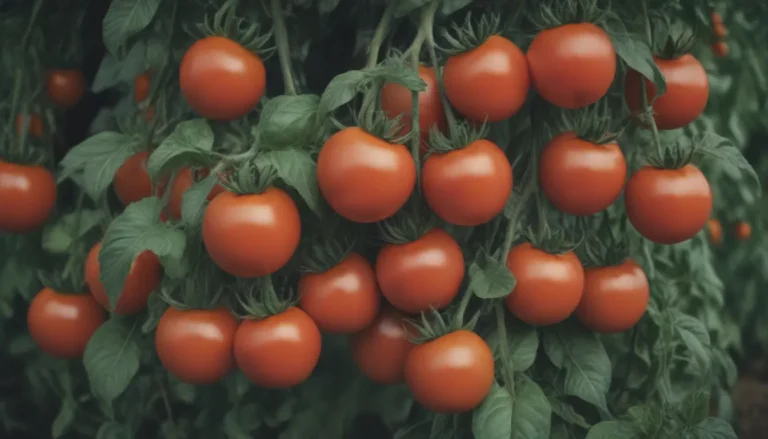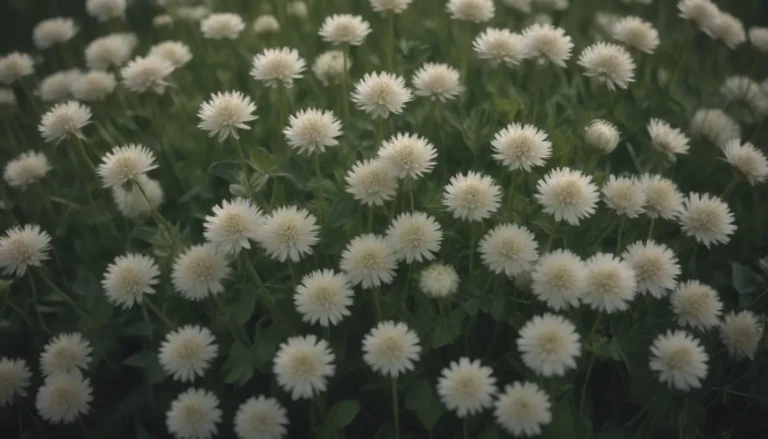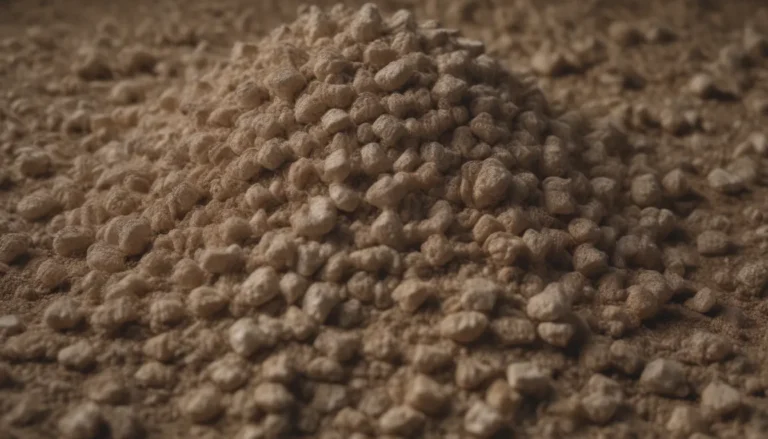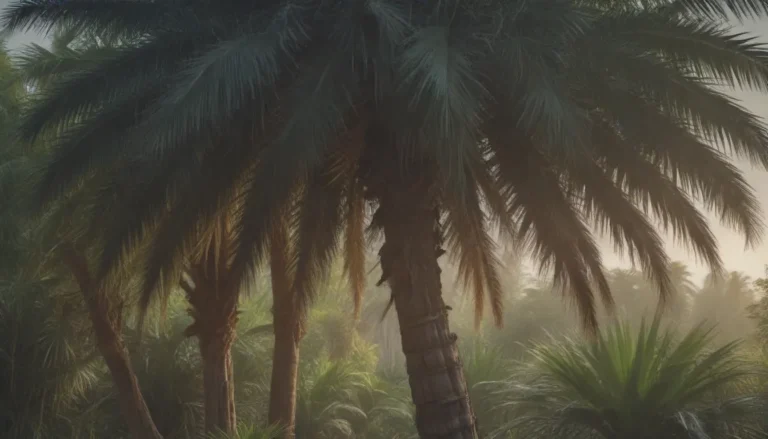Ultimate Guide to Improving Your Lawn with Mulching
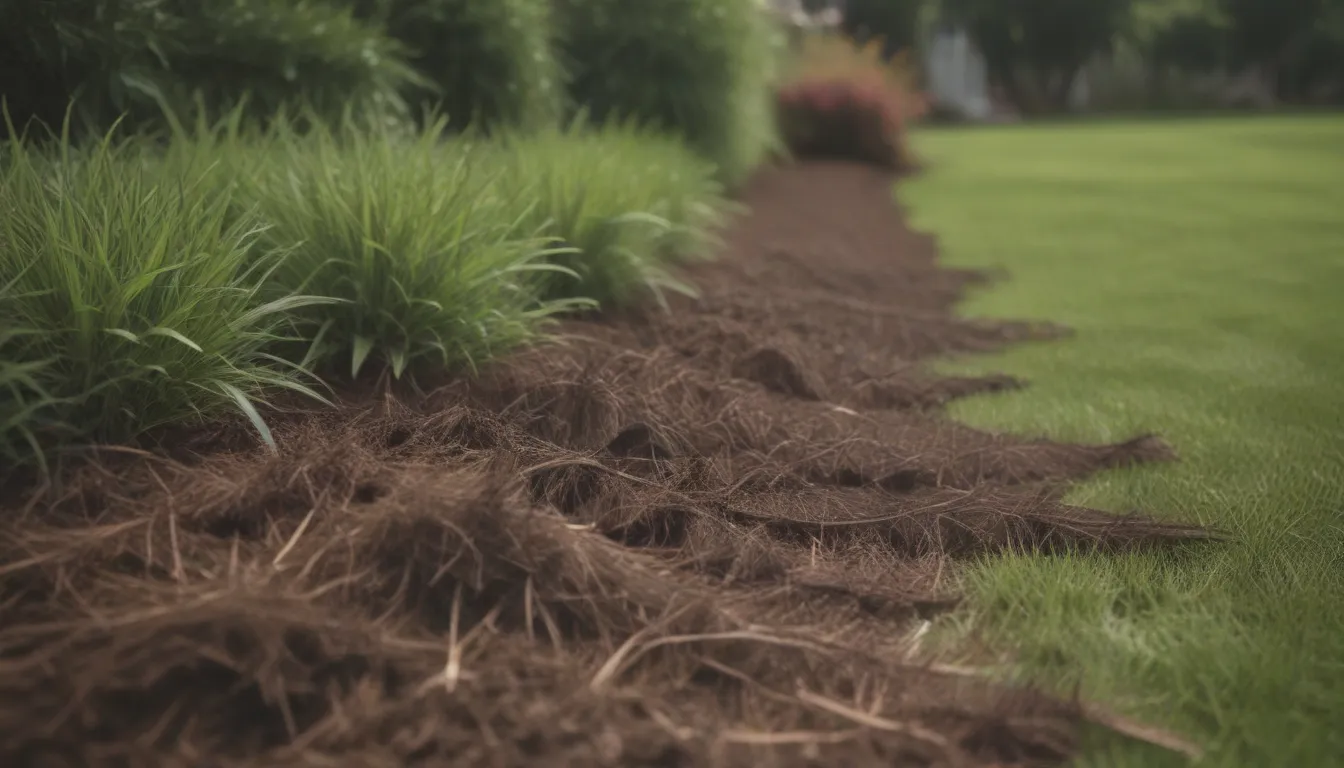
If you’re looking to level up your lawn care game, mulching is a game-changer. Mulching not only saves you time, money, and labor but also acts as a fantastic soil amendment. By mulching leaves or lawn clippings, you can skip the tedious tasks of raking, bagging, or hauling away debris. Let’s dive into the essentials of mulching and how it can transform your lawn for the better.
Benefits of Mulching Lawn Clippings
Mulching lawn clippings is a no-brainer when it comes to maintaining a healthy lawn. Here are some key reasons why mulching your lawn clippings is a smart choice:
- Provides essential nutrients to the soil
- Saves time and money on fertilizers
- Builds organic matter in the soil
- Enhances the overall health of your lawn
To effectively mulch lawn clippings, invest in a mulching mower. This specialized mower comes equipped with “mulching” blades and baffling to ensure the clippings are cut multiple times and spread evenly across the lawn surface. By mulching your lawn clippings, you’re not only saving time and effort but also contributing to a greener, healthier lawn in the long run.
Debunking Grass Clippings and Thatch Buildup Myth
One common misconception is that mulching grass clippings leads to thatch buildup. In reality, grass clippings are primarily made up of water and are easily broken down by microbial activity. Using a mulching mower and mowing your lawn regularly can prevent thatch buildup while adding valuable nutrients back into the soil. Clumping of clippings may occur under wet or overgrown conditions, so be mindful of distributing them evenly to avoid smothering the grass.
By recycling grass clippings into your lawn, you can provide up to one pound of nitrogen per year, eliminating the need for an additional fertilizer application. This not only saves you money but also promotes a thriving ecosystem of worms, bacteria, and fungi in your soil. With the goal of achieving 5% organic matter in your lawn, mulching leaves and grass clippings is a sustainable way to enrich your soil over time.
Unlocking Financial Benefits of Mulching
Aside from the environmental advantages, mulching grass clippings can also lead to significant financial savings. Opting for a mulching kit on your mower is a cost-effective alternative to a collection system, which requires additional labor and resources to handle clippings. If clippings are trucked off-site, tipping fees may apply, adding to your overall lawn care expenses.
By mulching your grass clippings back into the lawn, you not only save money but also contribute to a healthier ecosystem in your soil. The financial rewards of mulching go hand in hand with the environmental benefits, making it a win-win situation for both you and your lawn.
When to Skip Mulching with Clippings
While mulching lawn clippings is generally beneficial, there are specific situations where it may be best to collect them instead. If your lawn is overrun with weeds like dandelions or crabgrass, collecting clippings can help prevent the spread of weed seeds. Additionally, if your lawn has been neglected and the grass is overgrown, it’s advisable to collect clippings or mow them several times to avoid clumping.
In cases where chemical pesticides and synthetic fertilizers have been heavily used, mulching clippings may not be as effective due to reduced microbial activity in the soil. It’s essential to consider the health of your lawn and soil before deciding whether to mulch or collect clippings for disposal.
Embracing the Beauty of Mulching Leaves
When it comes to fall leaves, mulching is the way to go for a healthy lawn. Instead of bagging them up for disposal, consider mulching leaves and returning them to the lawn. Studies have shown that mulching leaves has a positive impact on turf quality and can even inhibit the growth of weeds like dandelions. By mulching leaves into the soil, you’re adding valuable organic matter that improves soil health and promotes biodiversity.
In an organic lawn care regimen, mulching leaves is a cost-effective and environmentally friendly practice that benefits both your lawn and the greater community. By keeping leaves out of landfills and using them as natural mulch, you’re contributing to a sustainable ecosystem right in your backyard.
Tips for a Successful Lawn Care Program
To make the most of mulching leaves and grass clippings, it’s essential to follow some best practices:
- Ensure the grass is not smothered by a thick layer of mulched leaves
- Maintain soil fertility with regular fertilizer applications
- Spread mulch evenly to avoid patchy distribution
- Use excess leaves in other areas like flower beds or compost piles
By incorporating these tips into your lawn care routine, you can reap the benefits of mulching without compromising the health of your lawn. Remember, mulching is a sustainable and cost-effective way to enhance your lawn’s overall well-being.
Make the Most of Mulching for a Lush, Healthy Lawn
In conclusion, mulching your lawn clippings and leaves is a simple yet powerful way to improve the health and vitality of your lawn. By harnessing the benefits of mulching, you can save time, money, and resources while promoting a thriving ecosystem in your soil. Whether you’re new to mulching or a seasoned pro, incorporating this practice into your lawn care routine is a smart choice for a greener, healthier lawn.
So, why wait? Start mulching today and watch your lawn transform into a lush, vibrant oasis right in your own backyard. Your lawn will thank you, and you’ll enjoy the satisfaction of knowing you’re contributing to a more sustainable and eco-friendly landscape. Happy mulching!
